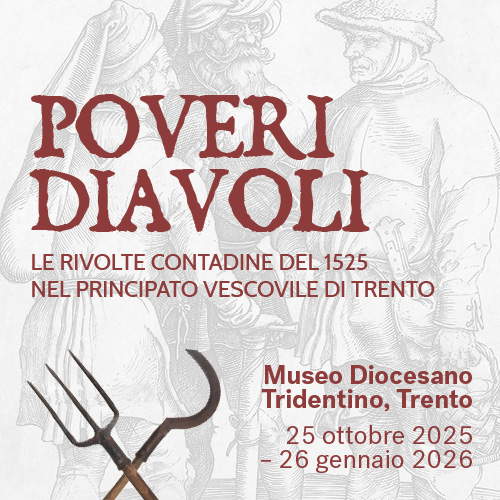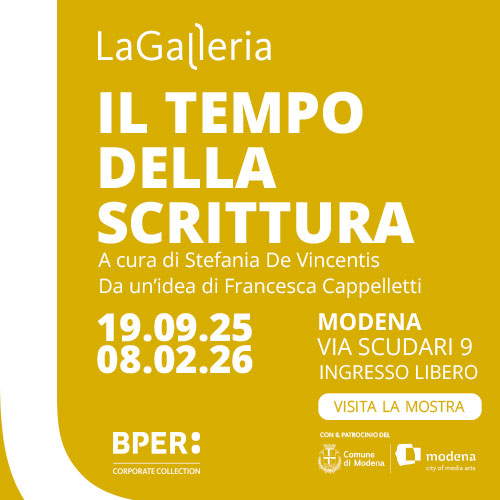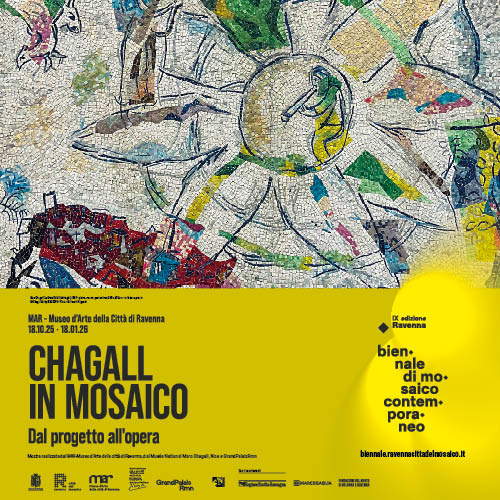
Arezzo and its territory: a living legacy among art, landscape and memory
Arezzo's location between the north and south of the peninsula made it an important crossroads. The Arezzo area was one of the nerve centers of Etruscan civilization. And the masterpieces of artists such as Piero della Francesca, Giorgio Vasari and others are just a few examples of Arezzo's jealously guarded legacy.
By Redazione | 18/05/2025 16:49
For many, Arezzo is simply an art city. Actually, that would be a reductive definition. For it, and for the many towns that dot its territory-Cortona, Poppi, Bibbiena, Anghiari, Sansepolcro and others. This territory is actually a point between culture and memory: the Arezzo area is forged by alegacy that has accumulated over more than two millennia of history. Nestled between the folds of the Apennines and the soft reliefs of the Val di Chiana, Arezzo's position between the north and south of the Italian peninsula has, over the centuries, made it a crossroads of trade, routes, and cultural exchange. But what really distinguishes Arezzo is its ability to have collected, sedimented and returned an extraordinary legacy, which manifests itself in the landscape, architecture and cultural fabric of an area that seems never to have ceased its dialogue with the past.
The Arezzo area was a nerve center of Etruscan civilization, as the finds preserved in the "Gaius Cilnius Maecenas" Archaeological Museum attest(Maecenas, Augustus' advisor from whom the term "patronage" derives, was from Arezzo), and as can still be perceived among the remains of the ancient walls and in the necropolises scattered throughout the countryside. Eastern Etruria, of which Arezzo was one of the beating hearts, has left indelible traces: not only in matter, but also in the way the territory continues to think of itself, suspended between layers of time and identity.
This Etruscan legacy was then transformed, as is often the case in Italy, into a palimpsest. Subsequent eras (the Roman, the Medieval, the Renaissance), have not erased, but superimposed. Thus, the current face of Arezzo is the result of a coexistence of memories. The squares tell of different centuries, the churches hold theological and artistic visions that chase each other. In the Basilica of San Francesco, Piero della Francesca 's frescoes(The Legend of the True Cross) are not only a masterpiece of the Italian Renaissance: they are a statement of continuity between faith, space and beauty. Arezzo was also the birthplace of Giorgio Vasari, a key figure in 16th-century artistic culture, author of the Lives, refined architect and innovative artist(a recent exhibition in Arezzo itself highlighted how original his art was and presented him for what he was: an authentic inventor of iconographies), who helped define the taste and artistic canon of the time. His home, now a museum(Casa Vasari), is tangible evidence of an intellectual legacy that is all the more precious as it is more aware of its roots.
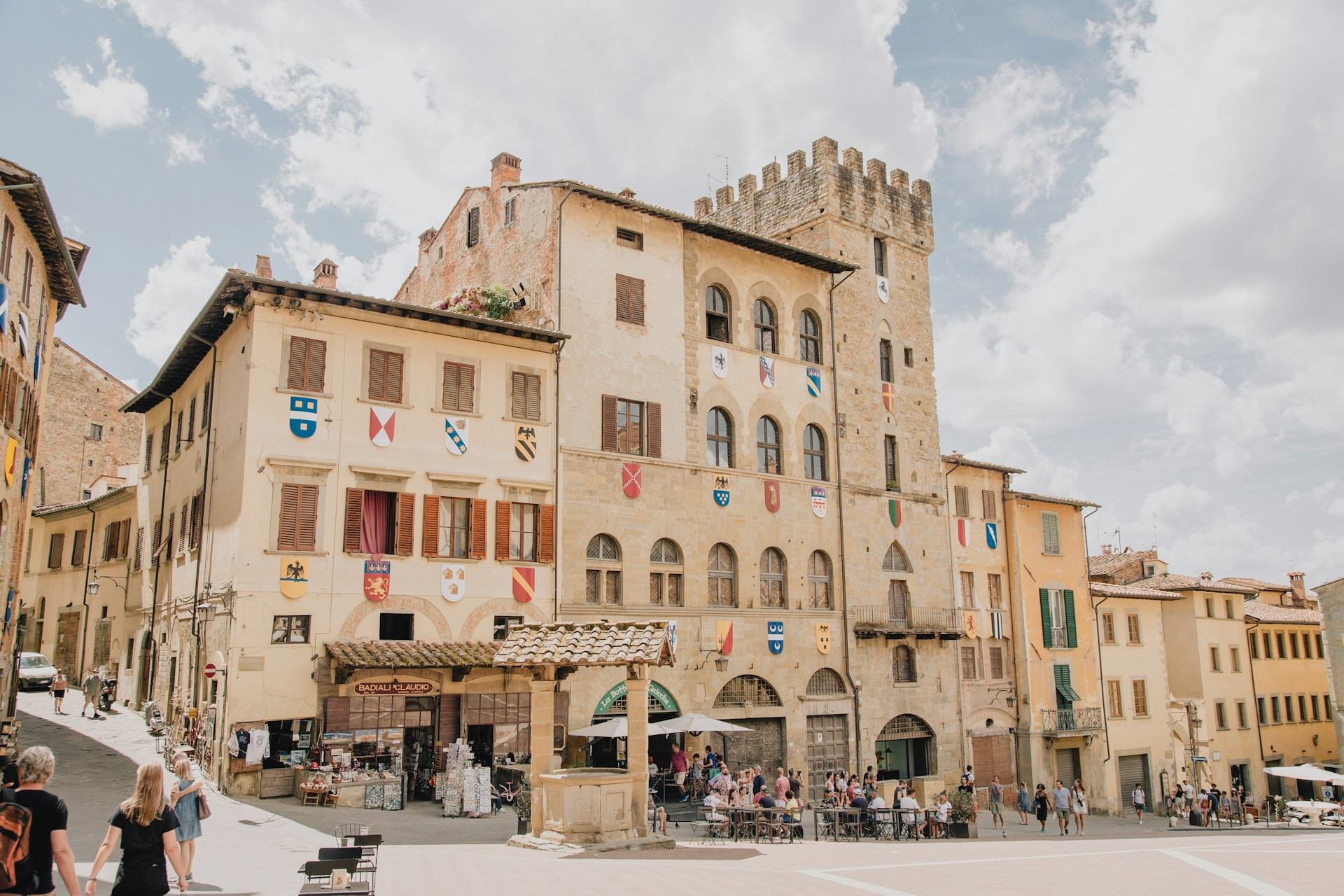
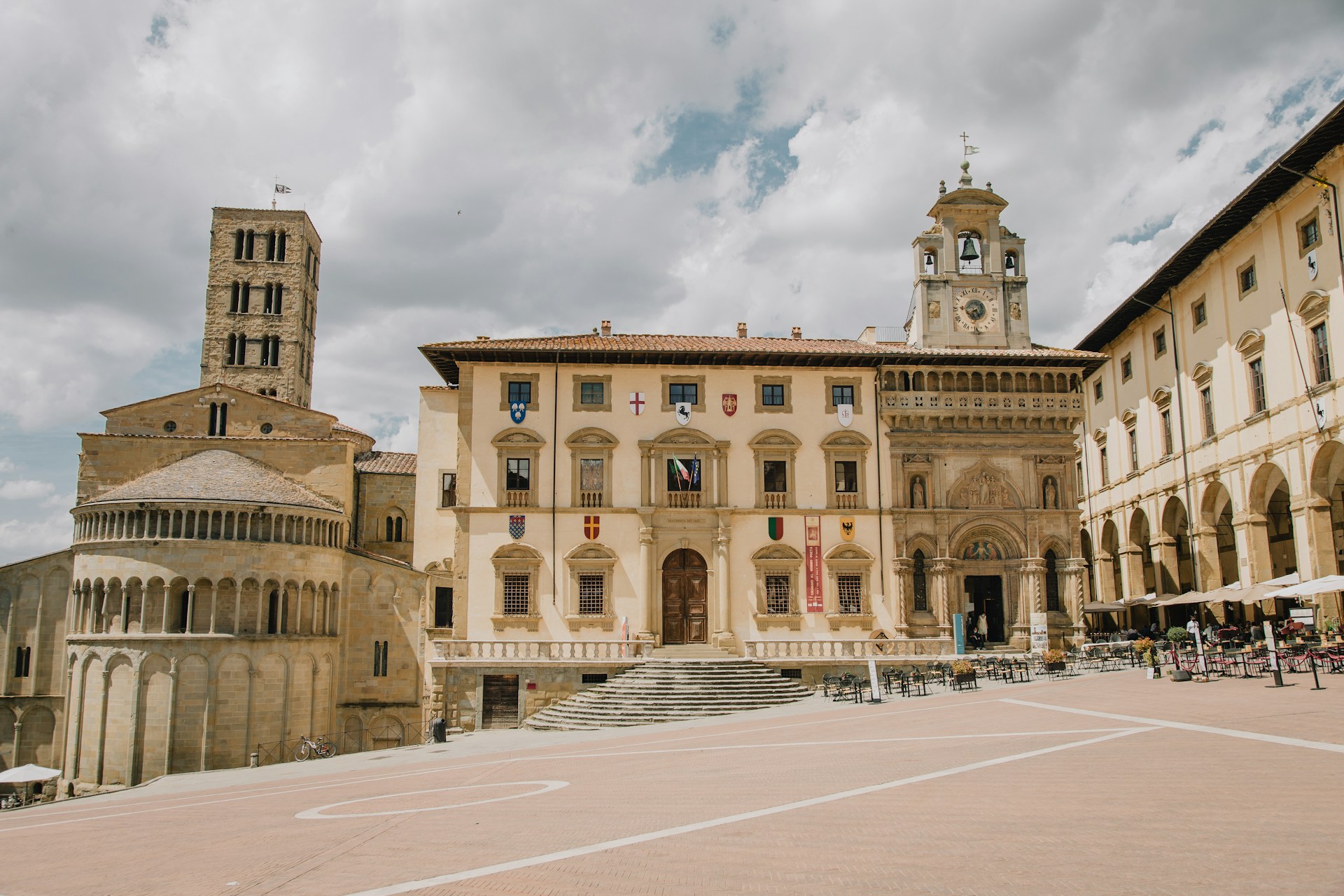
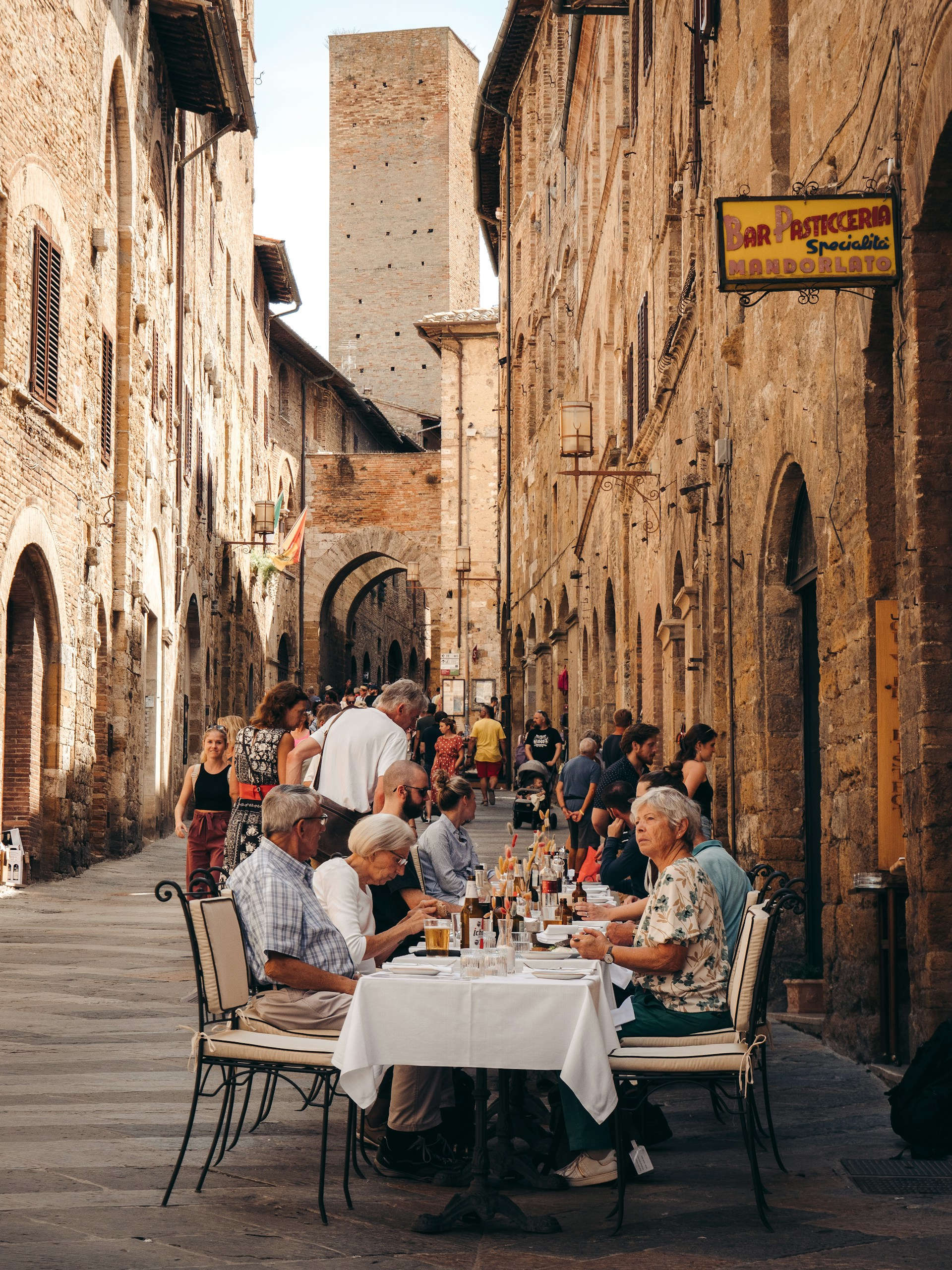
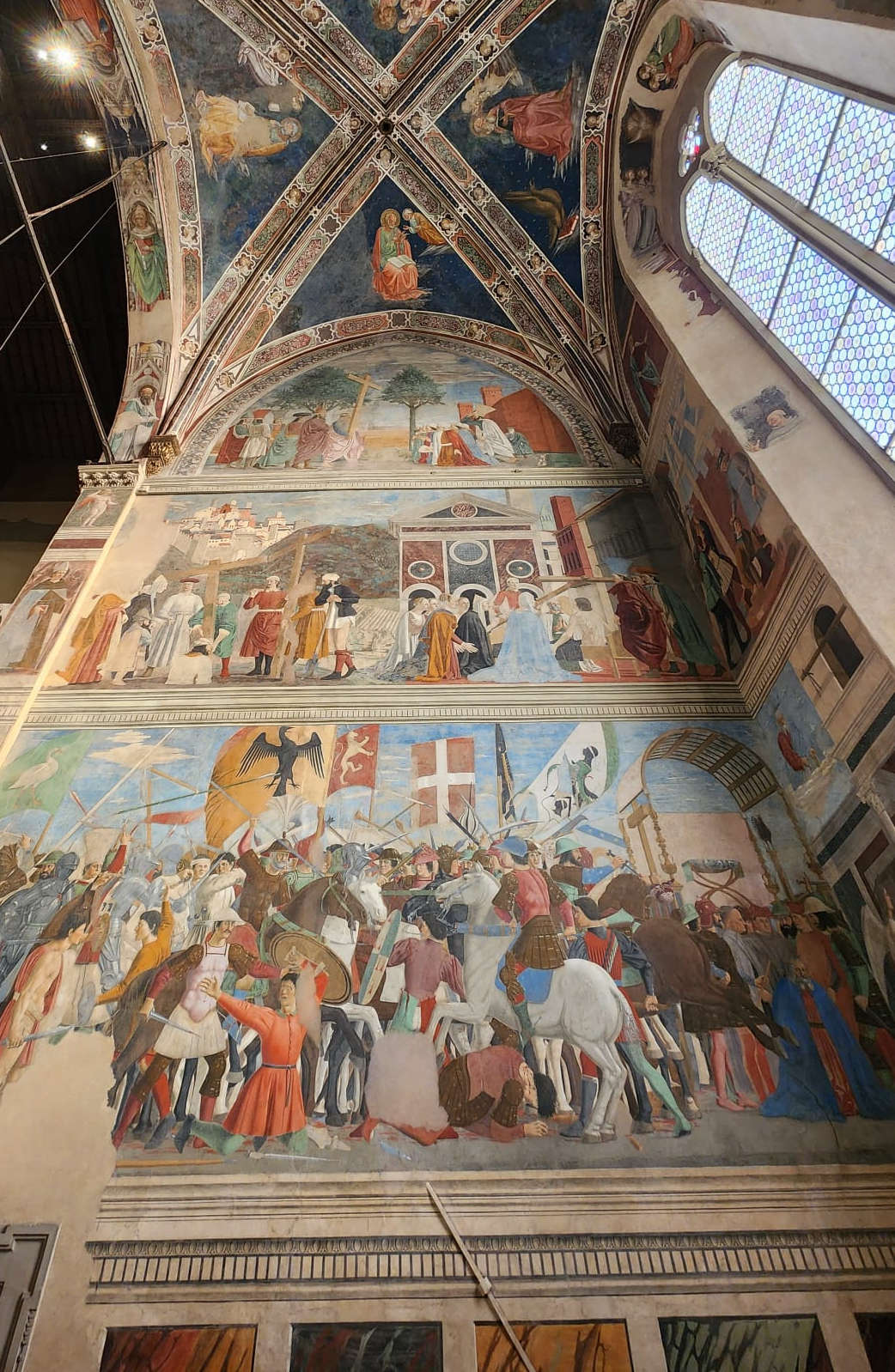
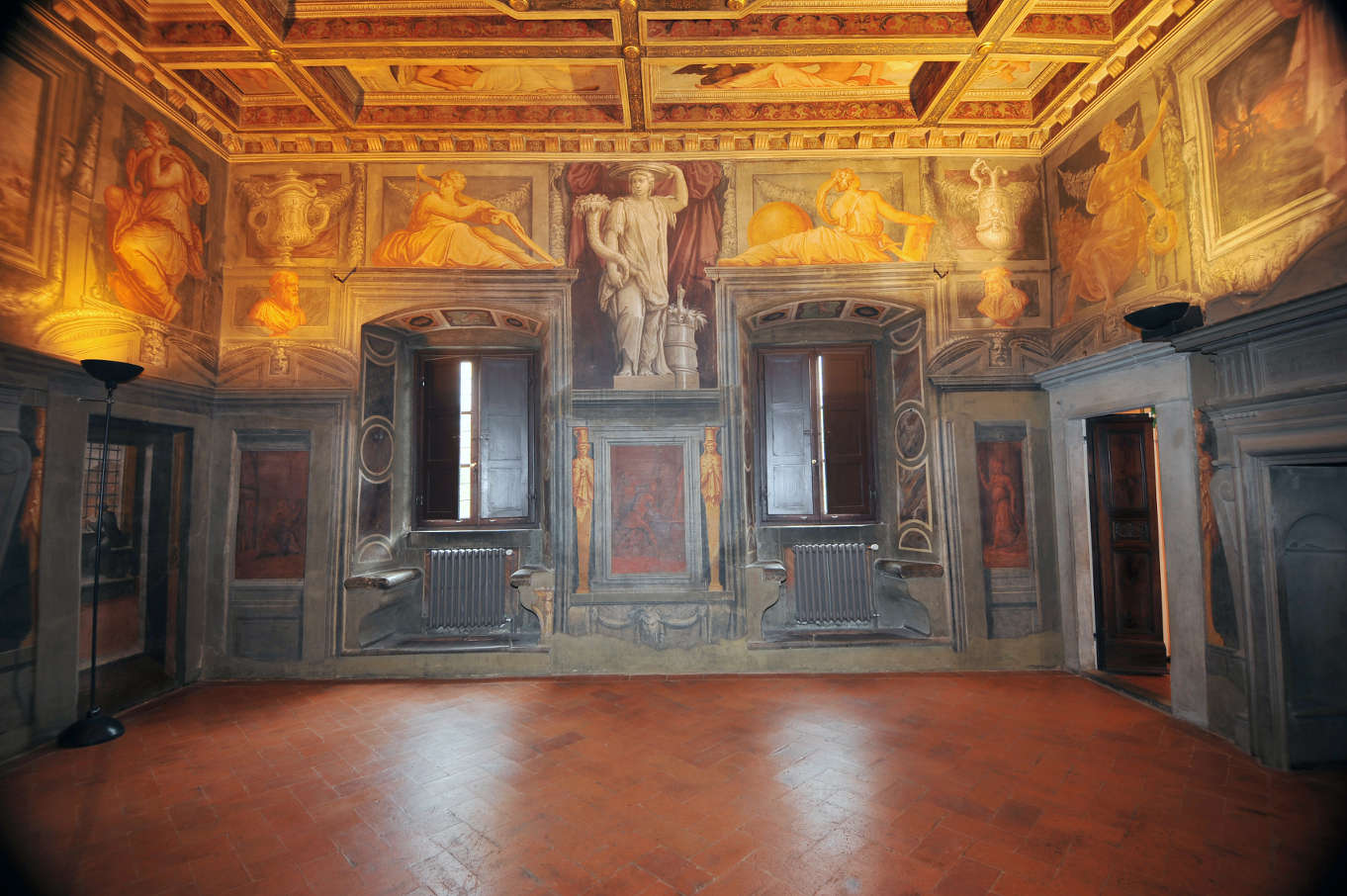
But Arezzo's legacy is not only in great art. It is in the toponymy that preserves Etruscan and medieval echoes, in the countryside dotted with Romanesque parish churches, in the oral culture that still tells familiar legends and stories, in the tradition of goldsmith craftsmanship that has its roots in the Etruscan world and continues with contemporary excellence. "Arezzo," wrote Guido Piovene in his Viaggio in Italia, "is, as everyone knows, a city of distinguished monuments. [...]. It is likely that most of those who visit the province are attracted by the works of Piero, still the main protagonist. In Arezzo one observes well what I have already noticed in Tuscany, a singular mixture of boiling and old, as in certain bottles of generous wine that leave a heavy bottom. It is one of our provinces where the class struggle appears most alive and can be felt embodied in the temperament of the inhabitants. But after having had the signs, one will be enchanted to look at two old sacristans sleeping on straw chairs, in symmetry like two statues, on either side of the door of Santa Maria della Pieve with its beautiful barbaric facade. And San Francesco is among the few churches in Italy in whose interior the peasants carry bicycles, leaning them against the walls, despite the opposition of the friars. Going along the streets, the eye lingers on a vintner's store, where wine flows plentifully; these are the towns of strong drinkers of red wine, and the country owners are bound by contract to supply the threshers with up to fifteen liters a day, the use of water being considered unmanly."
In our time, as is well known, there is often a tendency to consume the past as if it were a tourist commodity. Arezzo, in this sense, offers a rare example: that of a city that preserves, but does not crystallize. One that passes on, but does not replicate. A city that welcomes the fruit of its heritage but is experienced first and foremost by its citizens, even before the tourists, who perhaps have yet to fully discover it. It is one of the most authentic cities in Tuscany. Its heritage, therefore, is not just an object of museum preservation, but sap that feeds daily life, schooling, economy, identity. It is a living legacy that is transmitted as a resource. And that asks, from those who pass through it, a slow gaze, capable of recognizing in the details (an ancient stone, a bell tower, a page of Vasari) the due respect and attention.
It is then a widespread heritage, permeating valleys, hills, villages, and even the silences of the countryside. Arezzo's territory is a continuous weave in which history, landscape and material culture are interwoven, with a coherence that resists time without ever stiffening. The Val di Chiana, for example, is not only an extraordinarily beautiful agricultural setting: it is the result of centuries of hydraulic engineering, of land reclamation that began with the Etruscans and continued into the modern age. Every field, every ditch, every row tells a story of work and knowledge handed down, of the ancient relationship between man and the land. Here, too, legacy is something that is practiced, not just observed.
The same is true of the Valtiberina, the valley that looks toward Umbria and was the scene of fundamental passages between the Middle Ages and the Renaissance. Sansepolcro, Anghiari, Monterchi: names linked to battles, to Romanesque parish churches, to works of art such as Piero della Francesca'sMadonna del Parto, which is not only a pictorial masterpiece, but an object of popular devotion, a symbol of a deep rootedness in the territory. The Casentino, with its sacred woods, millenary abbeys such as Camaldoli or La Verna, is another piece of Arezzo's identity: here nature and spirituality have met, and even today one can perceive a legacy that is both material and immaterial, made up of silences, essential architecture, slow and meditative paths.
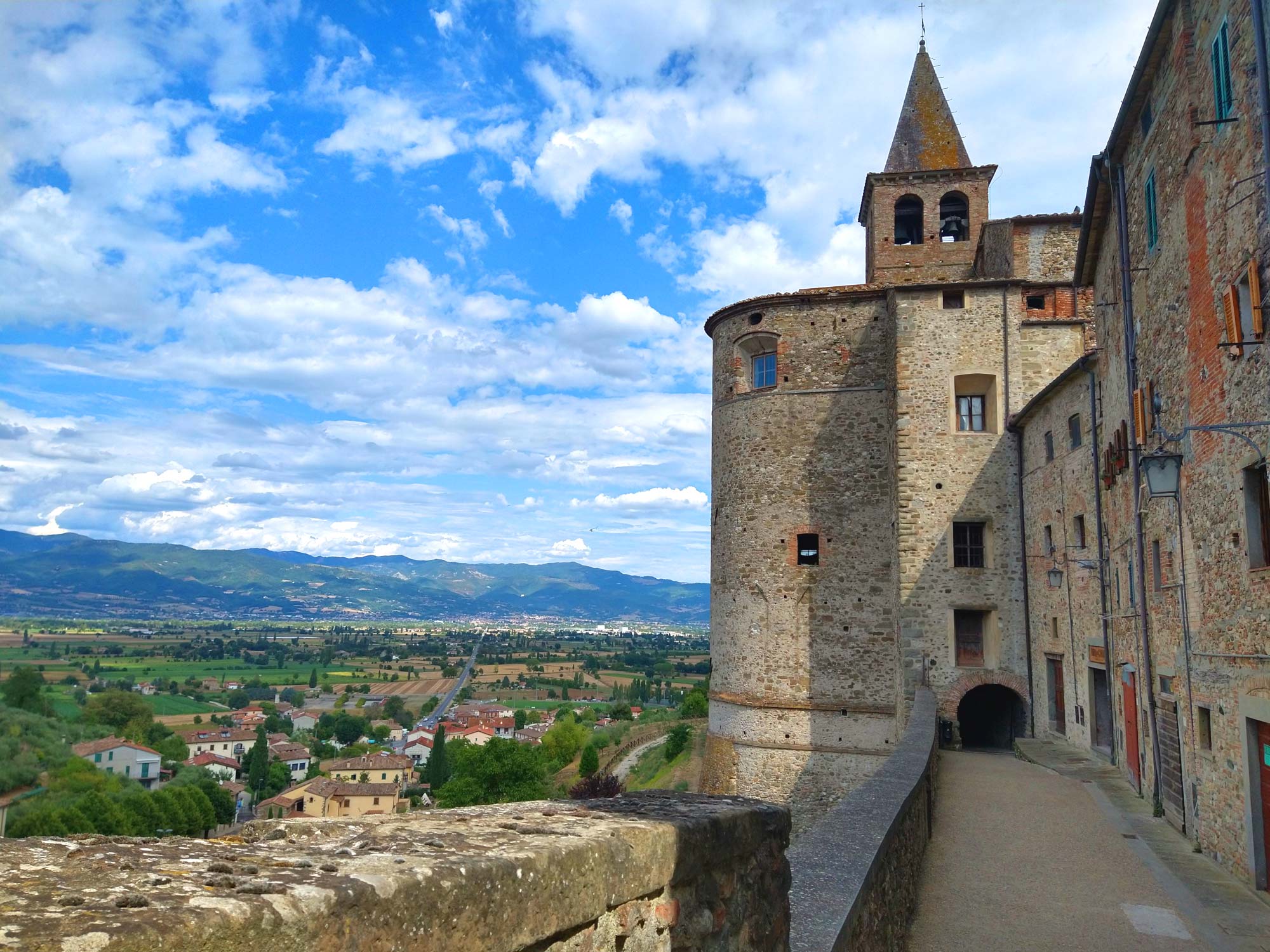
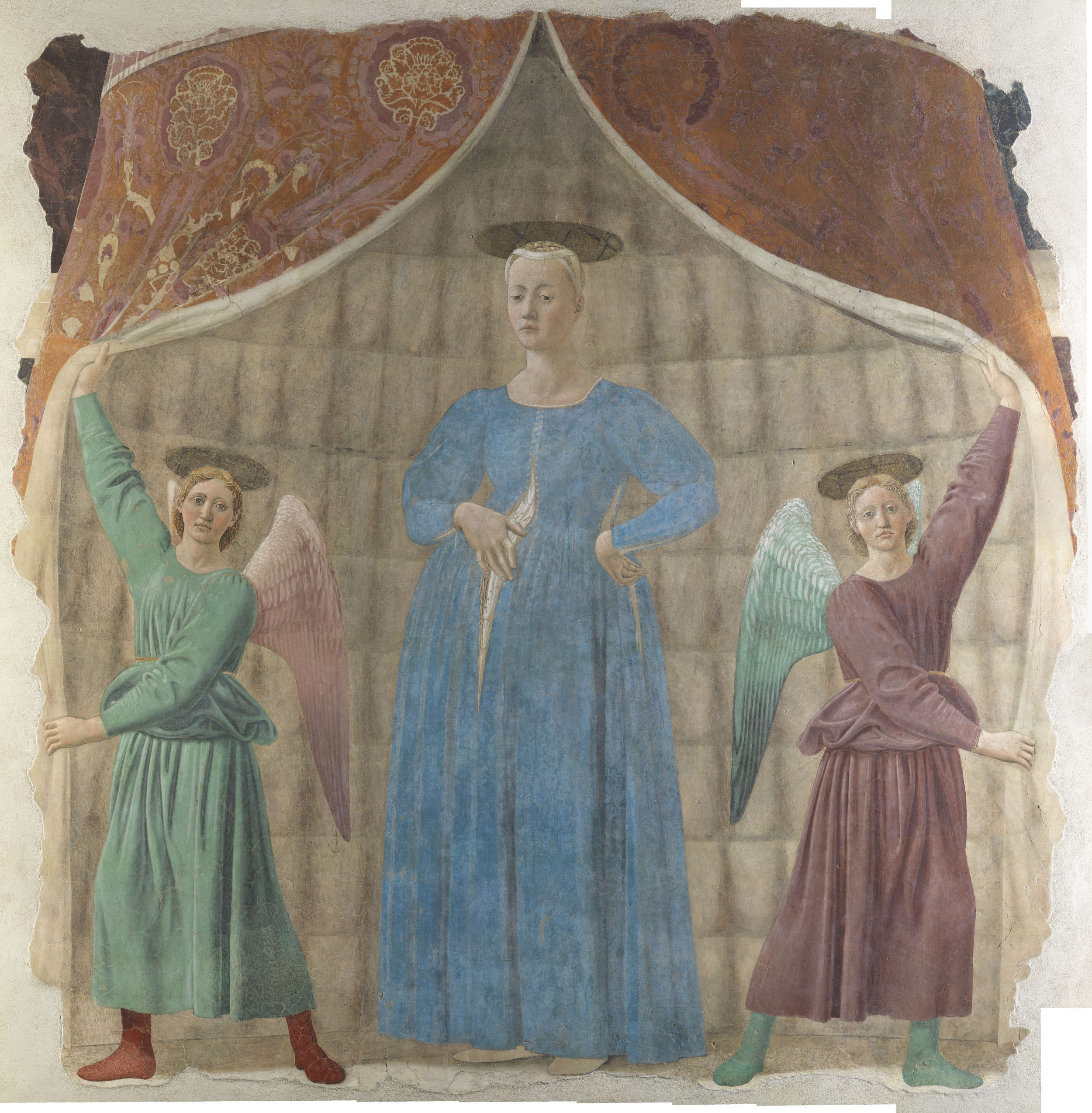
In these landscapes, the legacy is not only that of artists or saints, but that of the communities that inhabited and shaped these places. It is in the terraces that follow the design of the hills, in the villages that preserve the medieval urban fabric, in the popular festivals, in the cuisines, in the dialects. The territory of Arezzo has never been a mere periphery, but a living, integrated system in which the forms of civilization have been deposited seamlessly.
It is then impossible not to talk about Arezzo without mentioning its traditional activities, above all gold working, an emblematic example of how a heritage can become an economic, identity and cultural engine. This is not simply a production sector: it is a true vocation, born from a long history of craftsmanship and grown to become a pillar of the local economy and one of Italian excellence in the world. The roots of this tradition go back as far as Etruscan times. The Etruscans, in fact, were skilled goldsmiths, and the necropolises of the Arezzo area have yielded splendid jewelry (earrings, bracelets, armillae, fibulae and much more) testifying to a mastery that has spanned the centuries. It is a technical and cultural legacy that has never been completely interrupted, and that over time has been able to renew itself, adapting to social, stylistic and technological transformations. In the twentieth century, gold working then experienced its industrial development, transforming Arezzo into one of Europe's leading gold districts. Unlike other manufacturing clusters, the one in Arezzo has maintained a strong link with craftsmanship, with the precision of manual labor, with the value of "savoir faire" passed down from generation to generation. The result is a production that combines innovation and tradition, contemporary design and ancient techniques.
Today, Arezzo's goldsmith district represents a model of excellence. It encompasses hundreds of companies (about 1,200, employing more than 8,000 people), several of them family-owned, exporting worldwide and participating in major international trade fairs in the sector. It is a legacy that has been able to become a network, a system, a business culture. This tradition, however, does not live only on memory or nostalgia. It continues to evolve, to seek new languages and markets, thanks in part to the synergy between craftsmanship, technology and education. In this sense, gold working in Arezzo is a virtuous example of how heritage (if cared for, studied and related to the present) can be a dynamic resource, capable of generating economic and cultural value.
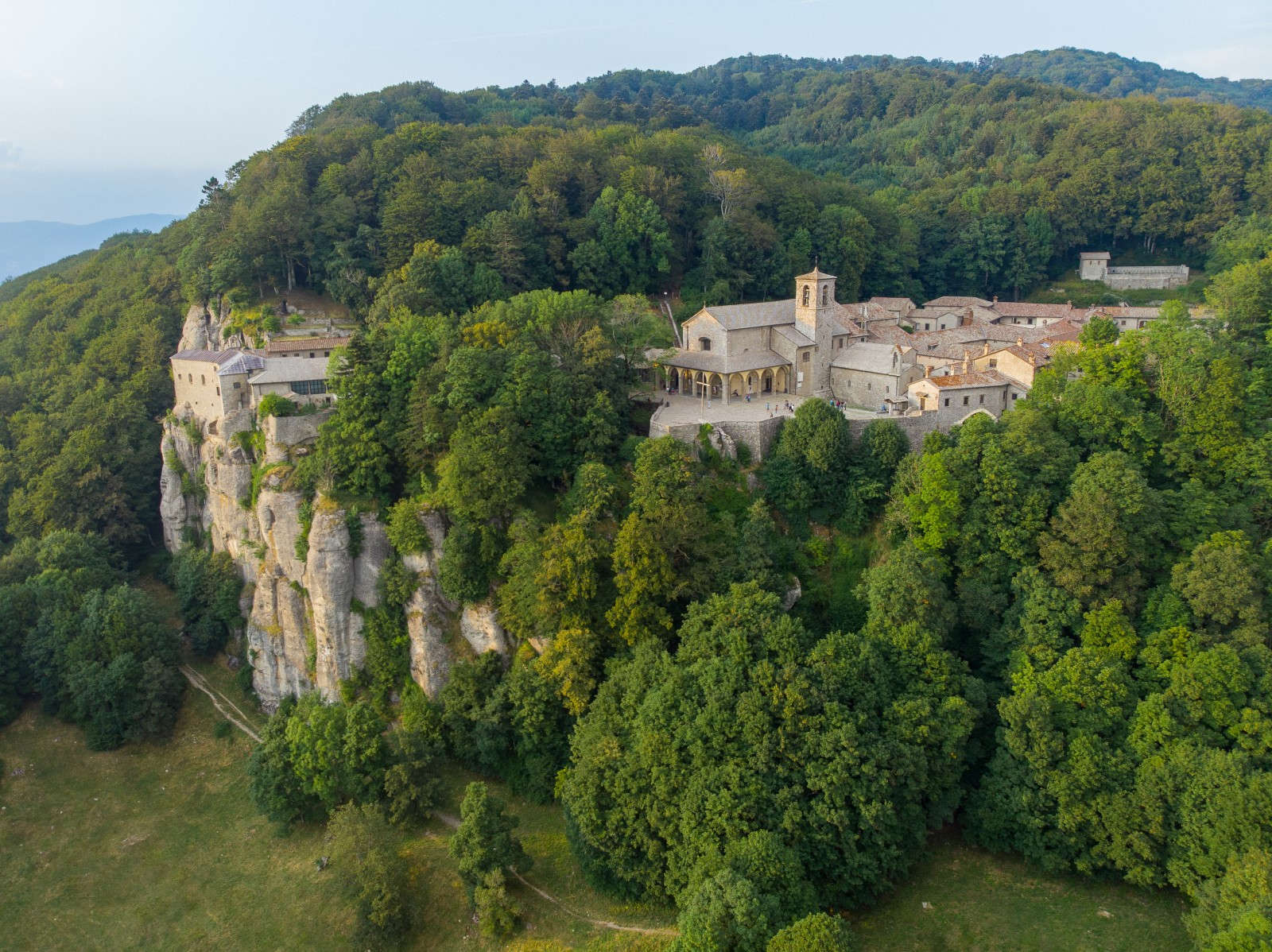
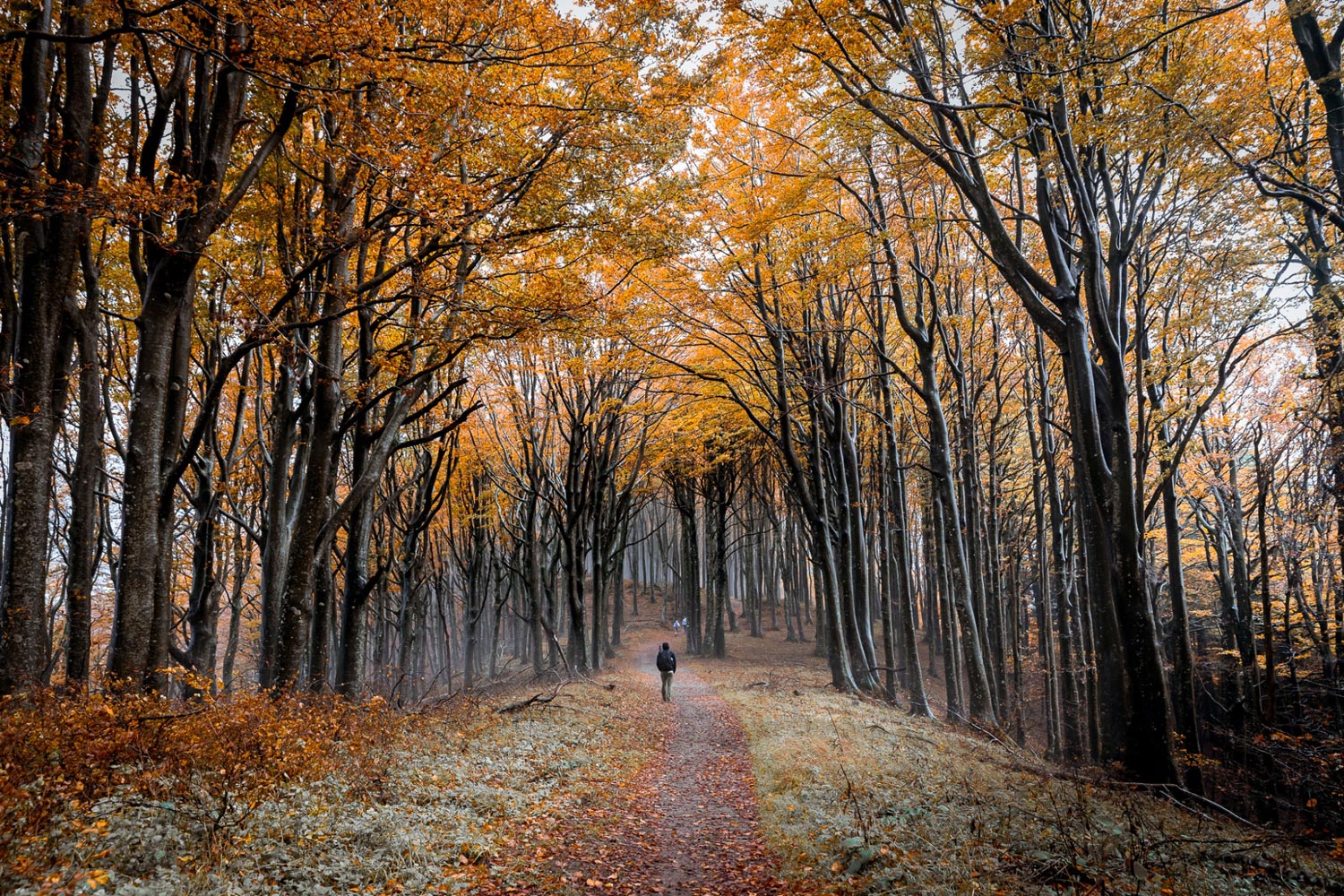
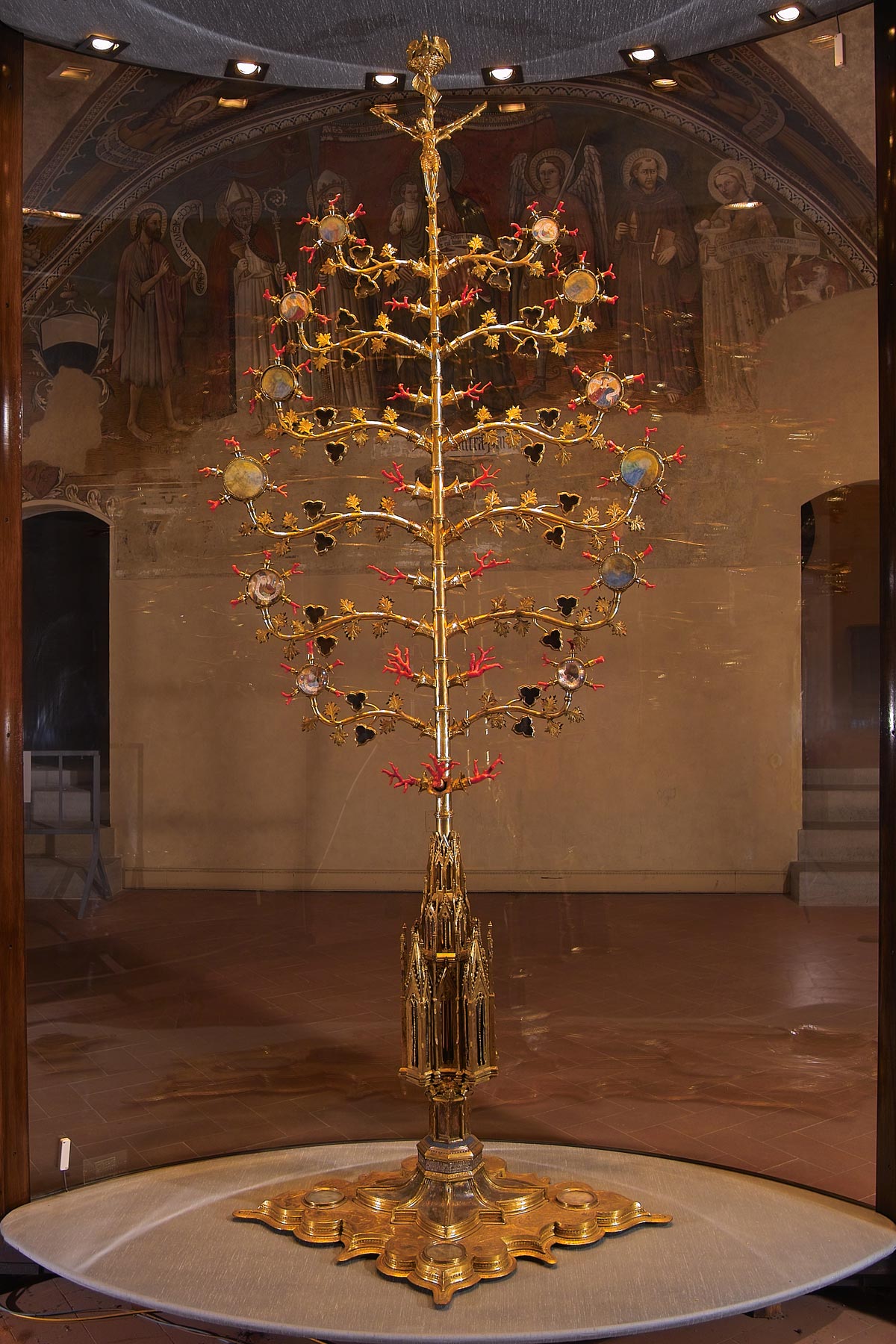
The Arezzo area is then dotted with villages that embody, each in their own way, the historical and cultural heritage we have been talking about. They are places where the stratification of time is visible, walkable, experienced. Some of these villages hold Etruscan evidence, others reflect medieval and Renaissance continuity, and still others keep alive a craft or landscape tradition rooted in ancient times. Cortona is perhaps the best known of the towns in the Arezzo area in relation to its Etruscan heritage. Cortona was one of the twelve lucumonies of the Etruscan Dodecapolis and still preserves sections of the ancient polygonal walls. The Museum of the Etruscan Academy (MAEC) is one of the most important in Italy for the study of Etruscan civilization. The Museo Diocesano, on the other hand, is famous for the masterpieces of Beato Angelico But Cortona is also an example of how an ancient identity has evolved into a living form of beauty: the town hosts artists, scholars, and travelers, keeping intact its connection to landscape and culture. Again, Castiglion Fiorentino is another village where the Etruscan heritage is intertwined with the medieval one. The historic center, with its towers and arches, recounts centuries of urban continuity. The Archaeological Museum houses Etruscan artifacts found on Castiglione Hill, confirming an ancient presence. Then there is Lucignano, known for the striking Golden Tree housed in the Municipal Museum. In the Valtiberina, Anghiari is a village linked more to the Middle Ages and Renaissance than to the Etruscan world, but it still represents a strong cultural heritage. The village is known for the 1440 battle between Florence and Milan, depicted by Leonardo da Vinci, but also for the continuity of its artisan traditions. It hosts museums, workshops, and historical re-enactments that keep alive a layered past. So does nearby Sansepolcro, a bridge between Tuscany and Umbria. And tiny Monterchi, a village made famous by Piero della Francesca's Madonna del Parto, a symbol of an artistic legacy that still attracts visitors from all over the world. The link between work of art and place, between memory and identity, is very deep here: even today, as in ancient times, believing expectant women go to pray before the fresco in the museum that preserves it.
Arezzo and its territory, therefore, tell a story that is not exhausted in books, museums or monuments. It is a story sedimented in the landscape, in the stones of the villages, in the gestures of those who work the gold or cultivate the land, in the faces of works of art as in the rhythms of the seasons. Legacy here is not a rhetorical formula, but a concrete and vital presence, made up of stratifications, transformations, continuity. Today, when memory is often in danger of being exploited or consumed in a touristic key, Arezzo offers a different model: that of a working memory, which knows how to preserve without closing, which knows how to innovate without forgetting.

